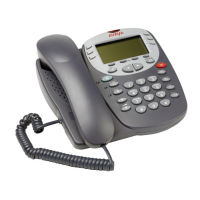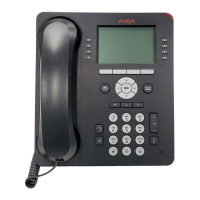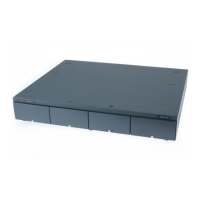Installing IP500/IP500 V2 Page 255
15-601042 Issue 28c (19 August 2013)IP Office 9.0
System Components: Feature Keys
Embedded Voicemail
The System SD card can be used to provide Embedded Voicemail for the system. Unlicensed, the Embedded Voicemail
provided by the system supports 2 simultaneous connections and 15 hours of storage. This can be expanded up to 6
channels by the addition of licenses , each of which enables an additional two channels and an additional 5 hours of
storage.
For full details of Embedded Voicemail setup and configuration, refer to the Embedded Voicemail Installation manual. The
cards are preloaded with the following languages:
· Arabic, Chinese-Mandarin, Chinese-Cantonese, Danish, Dutch, English-UK, English-US, Finnish, French, French-
Canadian, German, Italian, Korean, Norwegian, Portuguese, Portuguese Brazilian, Russian, Swedish, Spanish,
Spanish-Latin, Spanish-Argentinean.
PCM Encoding
· A-Law or Mu-Law
PCM (Pulse Code Modulation) is a method for encoding voice as data. In telephony, two methods PCM encoding are
widely used, A-law and Mu-law (also called U-law). Typically Mu-law is used in North America and a few other
locations while A-law by the rest of the world. As well as setting the correct PCM encoding for the region, the A-Law
or Mu-Law setting of an IP Office system when it is first started affects a wide range of regional defaults relating to
line settings and other values.
· For IP400 IP Office systems, each control units was manufactured as either an A-Law variant or a Mu-Law
variant.
· For IP500 and IP500 V2 systems, the encoding default is set by the type of Feature Key installed when the
system is first started.
403

